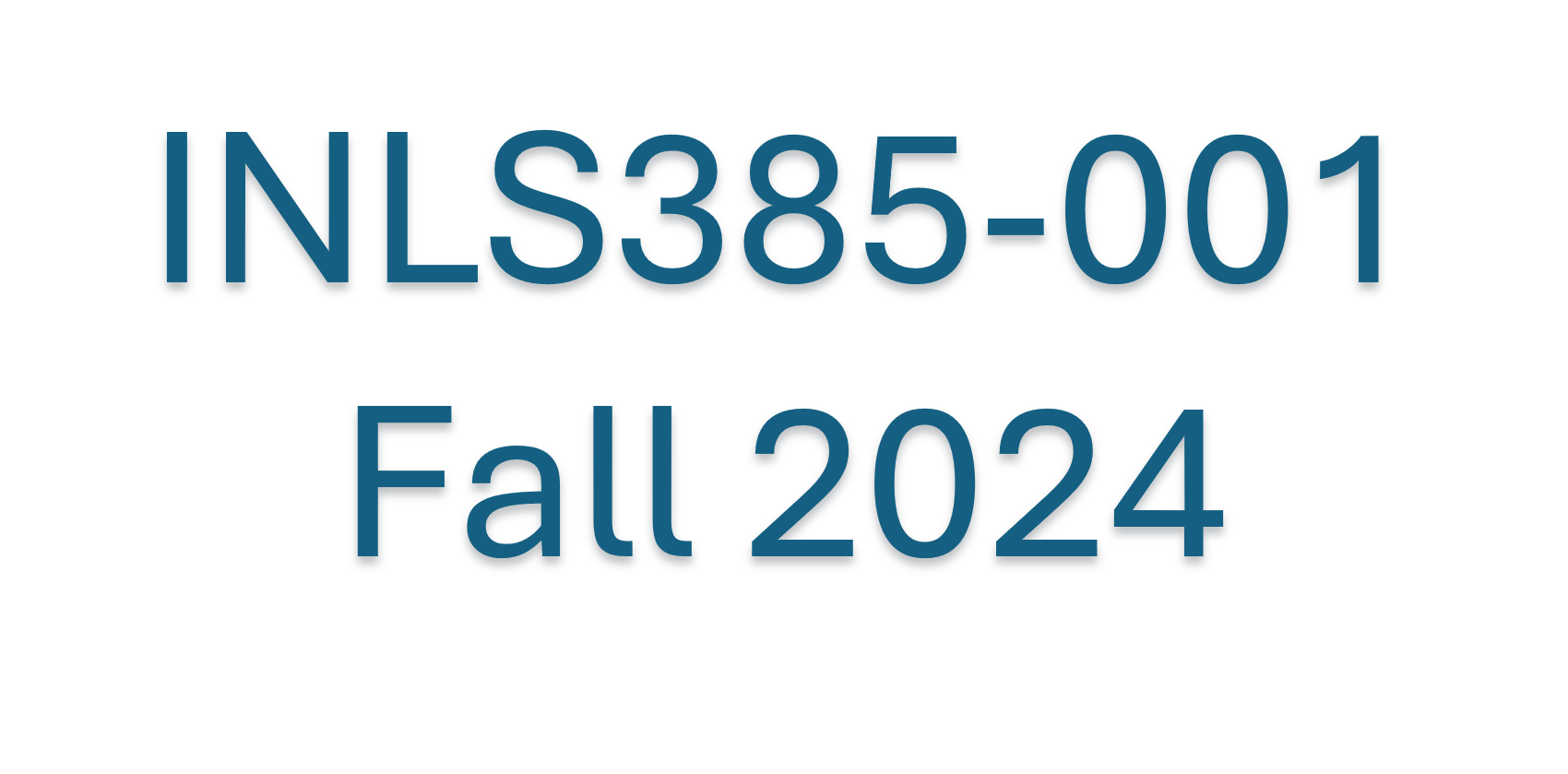Session 27
FUTURES CONVERSATION AND DELIBERATIONS
This session will be led by Snow White and her Dwarfs,
as everyone discusses and deliberates on what we see as the essentials of the module
Is your job safe - collaboration, automation, annihilation?
The world of work will be radically different in the future. From hyper-surveillance of staff to digital nomadism to robots taking jobs—how, where and why we work is changing beyond all recognition.
This is the workforce of the future. Technology is transforming the world of work beyond all recognition creating groundbreaking opportunities. But it's also eroding the rights of workers. Some even fear a dystopian jobless future. But are these anxieties overblown? How we react to this brave new world of work today will shape societies for generations to come.
What are the forces shaping how people live and work and how power is wielded in the modern age? NOW AND NEXT reveals the pressures, the plans and the likely tipping points for enduring global change. Understand what is really transforming the world today - and discover what may lie in store tomorrow.
and
What is the meaning of work? Especially as we move into an unknown future
Roy Bahat was worried. His company invests in new technology like AI to make businesses more efficient -- but, he wondered, what was AI doing to the people whose jobs might change, go away or become less fulfilling? The question sent him on a two-year research odyssey to discover what motivates people, and why we work. In this conversation with curator Bryn Freedman, he shares what he learned, including some surprising insights that will shape the conversation about the future of our jobs.
The group leading the session may choose to substitute different items to view.
topRead to prepare yourselves for some discussion
Flexible Work and Personal Digital Infrastructures by Dr. Mohammad Hossein Jarrahi, et al, in COMMUNICATIONS OF THE ACM | JULY 2021 | VOL. 64 | NO. 7
Then read these two additional articles.
These two related articles have some relationship and so they should also be read. Those who are on the schedule will preview these blog postings.
Our bodies function in accord with a natural rhythm that comes from the Earth rotating on its axis once every 24 hours - give or take a few minutes. We aren't made to live our lives in artificial light, waking to an alarm clock and sleeping to the blue light from a smartphone. Nearly every living thing on the planet, including us, generates internal circadian rhythms that are synchronised to the solar cycle ... The great circadian disruption through which we have lived since the invention of the electric light is bad for our physical and mental health. The 24-hour society will present further risks.
- Ponder How the 24-hour society is stealing time from the night by Leon Kreitzman in Aeon Magazine, 22 November 2016.
But maybe there's hope in structural changing
- The 14 Principles Of The Future Organization. From Forbes, some thoughts from Jacob Morgan.
The group leading the session may choose to substitute different items to read.
topYOU DON'T HAVE TO READ THESE UNLESS YOU WISH TO, BUT WE MIGHT TOUCH UPON THEM IN CONVERSATION
Change is difficult. Not changing is even worse. Tools are essential, but how we implement the tools and grow the culture and practices in our organizations needs even more attention.
Containers Will Not Fix Your Broken Culture (and Other Hard Truths) | Bridget Kromhaut in COMMUNICATIONS OF THE ACM | APRIL 2018 | VOL. 61 | NO. 4
topSOMETHING TO TAKE AWAY
Compared to what?
by Les McCann
A few years after the now-renowned Montreux Jazz Festival began, something happened that still reverberates as a moment in history. It was 1969, at a casino on the shores of Lake Geneva. Pianist Les McCann was onstage, and was pulling no punches. The driving groove that "Compared to What" fell into that night was unlikely because Les McCann's Trio — piano, drummer and bass player — became a quintet with Eddie Harris on saxophone and Benny Bailey on trumpet. They'd never played together before. They hadn't even rehearsed. But from the beginning it just felt right. Richard Nixon was in the White House and opposition to the Vietnam War was about to heat up. Eugene McDaniel's lyrics cover that, but a whole lot more. McCann belted them out in a raspy rant.top
The tape that rolled and caught the audio in Montreux that day in June captured an excitement, an electricity, and an unmistakable spirit. It became the hit album: Swiss Movement. The lead track “Compared to What,” lived on, and still lives, in hundreds of jazz and pop versions.
